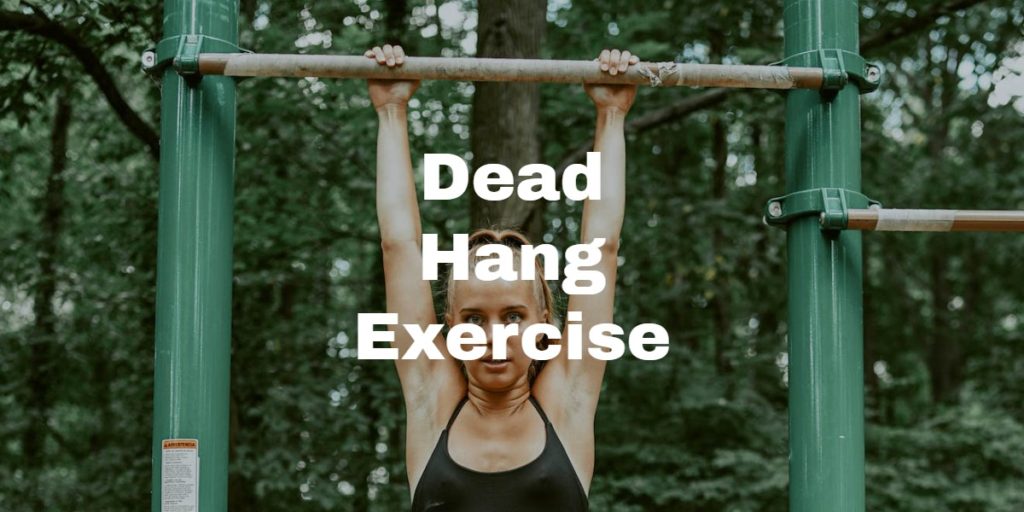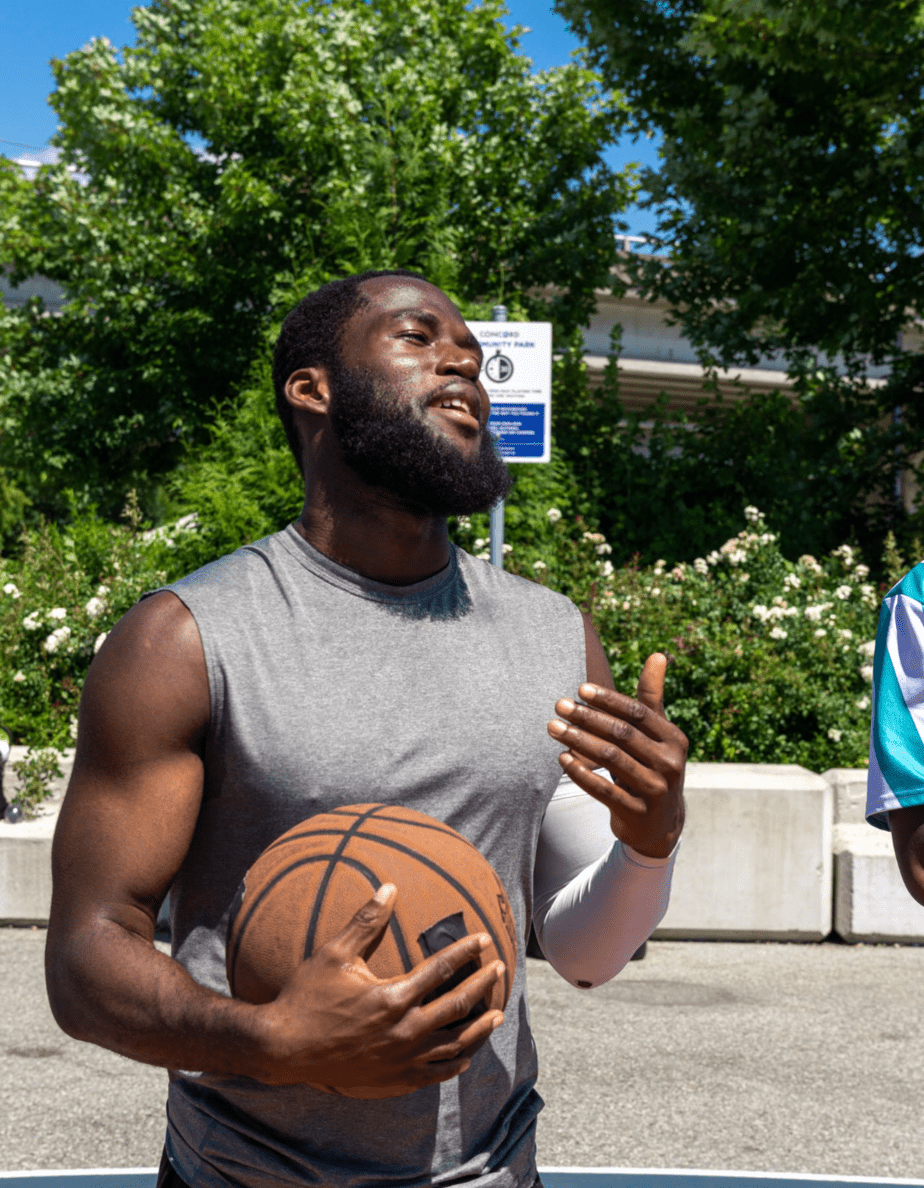Dead Hang Exercise: Benefits and How to Do It
We all have those exercises we routinely skip. You know, the ones that don’t make us look like a beast at the gym. One such criminally underused exercise is the dead hang exercise (also called the dead hang stretch). I spend a lot of time hunched over a laptop and I am always looking for simple stretches to unfurl the spine during my workday. This one, in addition to the kitchen sink stretch and Jefferson curls, is my go-to intraday stretch. I keep it simple and normally use a door frame pull up bar perched in my home office doorway. Let’s walk though it and some variations if you want to make it more difficult.
Understanding the Basics of Dead Hang Exercise
The dead hang is simple yet effective. It just involves hanging from a bar. That’s it. You literally hang there like a monkey with nowhere to go. But simple does not equate to easy. It engages your grip, forearms, shoulders, and even your core, giving them a good little mini-workout. Don’t let the simplicity fool you; sometimes, the most straightforward exercises offer the most benefits. Peter Attia, MD uses a dead hang as one of his centenarian decathlon events. He says your goal should be to be able to hang for one full minute.
Step-by-Step Guide to Performing the Dead Hang Exercise
Correct Positioning and Grip
Start by reaching up and grabbing a pull-up bar with an overhand grip. Make sure your hands are shoulder-width apart.
Proper Form and Technique
Now hang. That’s it. Keep your body relaxed, no kicking or swinging like you’re auditioning for a Tarzan movie. Aim to hang for as long as you can while maintaining good form.
Common Mistakes and How to Avoid Them
Avoid shrugging your shoulders or bending your elbows. Make sure your grip is firm but not deathly – the bar isn’t going anywhere.
In this video, fitness professional, Adam McCubbin, walks you through how to dead hang correctly. I forwarded it directly to the exercise. You will have to rewind it to see the entire 3-minute video.
Dead Hang Exercise Variations to Level Up Your Training
One-Arm Dead Hangs
Feeling too comfortable? One-arm dead hangs add a layer of difficulty and can make you feel like you’re starring in your own action movie.
Active Hangs
Instead of hanging limply like a wet noodle, pull your shoulder blades back and down. Your body will still be straight, but you’re activating more muscles.
Mixed Grip Hangs
One palm facing towards you, the other away from you. It feels as awkward as it sounds but it’s a great way to challenge your grip strength and spice up your hang routine.
Incorporating Dead Hang Exercise into Your Workout Routine
You don’t need to hang around all day to see the benefits. Aim to include dead hangs in your workout routine 2-3 times a week. If you’re just starting out, aim for 10-30 seconds per hang. As you get more comfortable, you can slowly increase the time. I try and hang daily a couple of times for 10 – 30 seconds and then do one-minute hangs 2 or 3 times a week.
When it comes to accidents, grip strength can directly make the difference between a good and a bad outcome. Having a strong grip gives you a greater chance of catching yourself after losing balance, thus avoiding the downward spiral in health that often follows a bad fall.
Peter Attia, MD
In other words, grip strength complements eccentric strength: while eccentric strength improves stability and deceleration and makes us less likely to lose our balance, grip strength provides a back-up level of protection for those inevitable occasions when we do stumble.
The better we are at gripping supports, the less likely that a lapse in balance will result in a full-fledged fall and serious injury. And as we increase in age, this delta between catch and no catch becomes increasingly important.
In terms of pairing, the dead hang is a bit of a stand-alone exercise. But if you’re looking for a nice combo, try dead hangs with pull-ups or chin-ups. Only recently, after doing hangs for over a year can I do one pull up after dead hanging for one minute. I am an ectomorph body type, so any body weight exercises like this are a challenge.
Dead Hang Exercise Benefits
Okay, so hanging from a bar might not sound riveting, but the benefits are more than just “hanging” around (pardon the pun). Let’s dive in.
Improving Grip Strength
Grip strength is essential for carrying groceries, opening jars, and most importantly, other exercises. Grip strength is actually one key element of Attia’s centenarian decathlon. The dead hang is a way to train to win the event. I have noticeably improved my grip strength based on my ability to palm a basketball.
Enhancing Shoulder Mobility
The dead hang can help stretch out and improve mobility in your shoulders, something hunching over a computer all day won’t achieve. It’s like yoga for your shoulders, without having to contort yourself into a pretzel.
Developing Core Stability
While it might not seem like it, the dead hang is a sneaky core exercise. It works your core muscles, providing stability and balance. If you’ve ever wanted abs that could grate cheese, this is a step in the right direction.
Assisting in the Prevention and Recovery of Injuries
If you’ve been pushing the envelope with your workouts, the dead hang can help keep injuries at bay. It’s like a reset button for your body, especially your shoulders and back.
Adam Sinicki, also known as “The Bioneer”, a fitness, and personal development writer walks you through the benefits of doing a dead hang. He equates it to squatting each day for lower body flexibility.
Dead Hang Time by Age
This table gives you a general guide to how long different age groups might aim to dead hang. Remember, these are just suggestions and can vary greatly depending on individual fitness levels, body weight, and overall health.
| Age Group | Recommended Dead Hang Time |
|---|---|
| 10-19 years | 10-30 seconds |
| 20-29 years | 30-60 seconds |
| 30-39 years | 20-50 seconds |
| 40-49 years | 15-40 seconds |
| 50-59 years | 10-30 seconds |
| 60+ years | 5-20 seconds |
Always consult with a fitness professional or physical therapist for personalized advice. And remember, safety first! If you feel pain or extreme discomfort while performing a dead hang, it’s time to come down and rest.
Conclusion
The dead hang exercise might not be the most glamorous, but it packs a punch in terms of benefits. If you’re looking to improve grip strength, shoulder mobility, and core stability, it’s time to… well, hang out more often. So next time you’re in the gym, rather than trying to lift the heaviest weights or run the fastest, try hanging around instead. Your body might just thank you for it.
Frequently Asked Questions
How long should I hang for?
Start with what you can manage and progressively increase the duration. While it’s a relatively low-impact exercise, it’s always a good idea to give your muscles time to rest and recover.
How often should I do the dead hang exercise?
Ideally, you should incorporate the dead hang exercise into your routine 2-3 times a week. However, the frequency can be adjusted based on your comfort level and fitness goals.
Are there any variations of the dead hang exercise?
Yes, there are several variations of the dead hang exercise, including the one-arm dead hang, active hang and mixed grip hang. Each variation presents a different level of challenge and targets different muscle groups.
Can beginners do the dead hang exercise?
Yes, the dead hang exercise is suitable for beginners. However, you should ensure you can safely support your own body weight before attempting the exercise. If you’re uncertain, it’s always a good idea to consult a fitness professional.
Why does my grip strength matter?
Grip strength is crucial not just for exercises and sports, but also for everyday tasks. A strong grip can help you carry objects more easily, improve your performance in various workouts, and even potentially reduce the risk of certain health issues.

Troy Wallace
Troy Wallace is Certified Basketball Speed Specialist and shares his experiences in trying to stay as healthy as possible to stay on the court. He is active in coaching youth basketball in YMCA, Team Work Sports Nebraska, and, currently, in the Jr. Warriors program in Omaha, NE. Visit Troy's Full Author Bio Page or email him directly.
Meaningful conversations happening daily about training, recovery, and injury-specific rehabilitation as well as sport-specific discussions on playing, coaching and refereeing your favorite sport. We welcome experts and those with curious minds seeking answers.
Join The Stay On The Court Community!